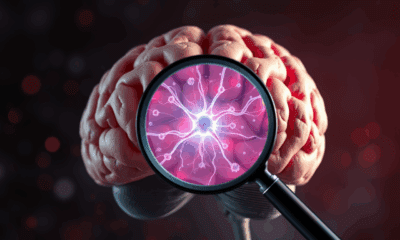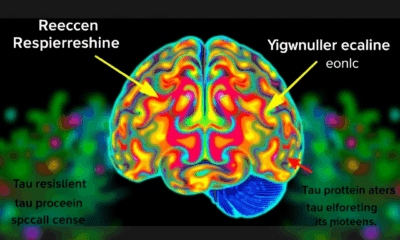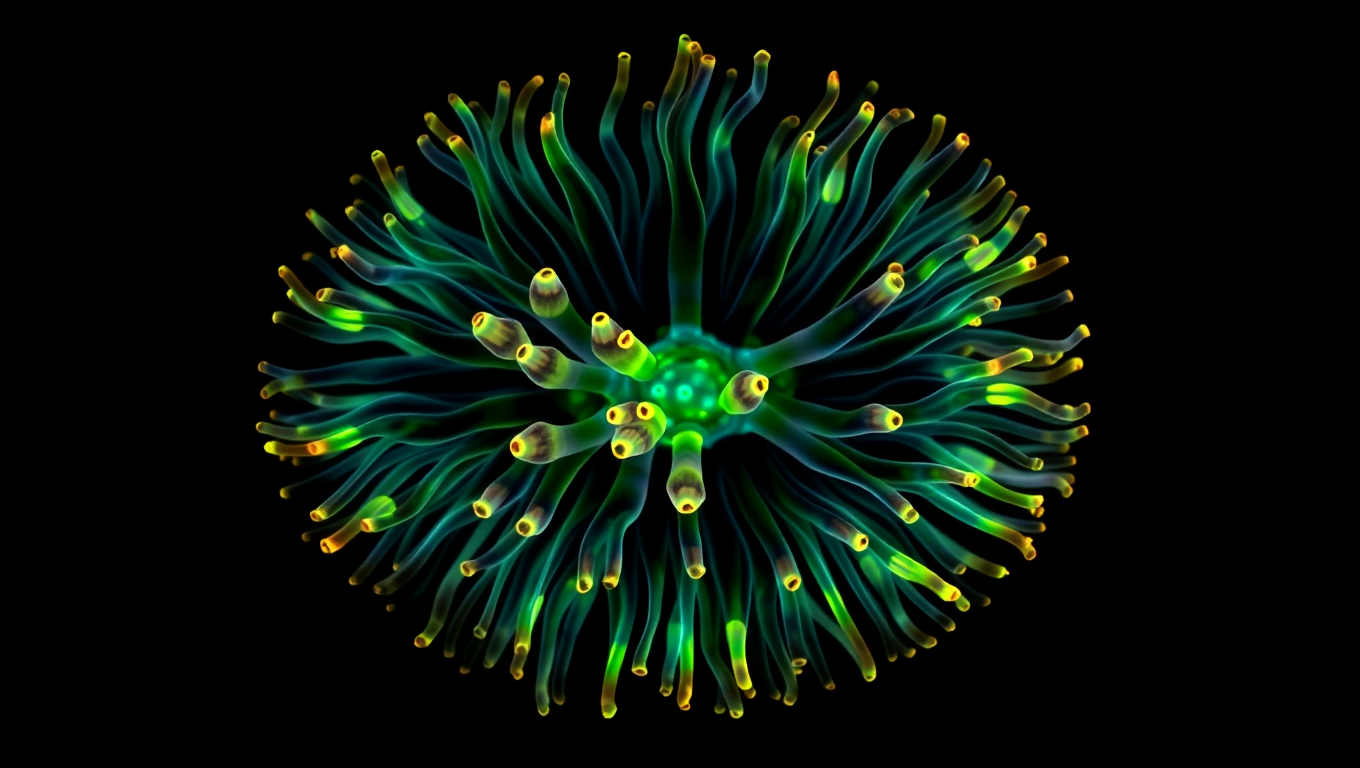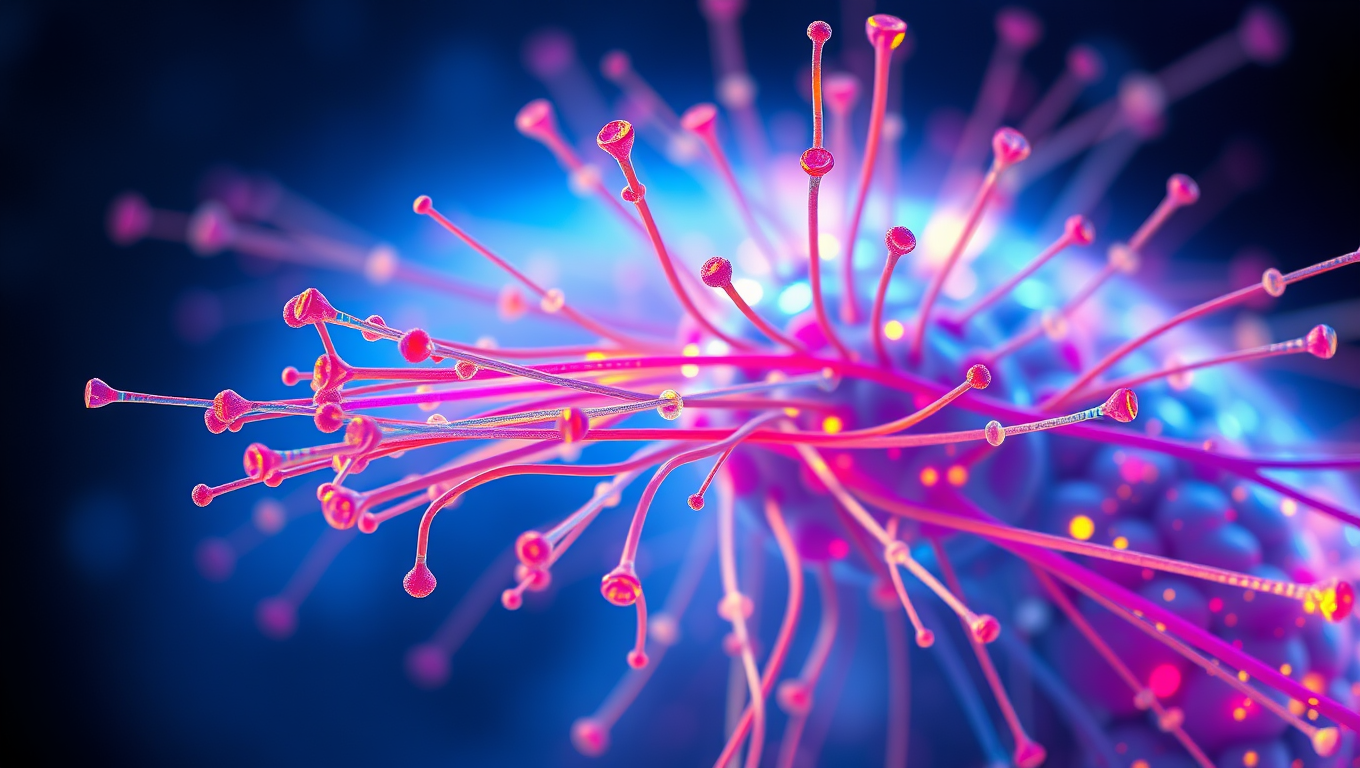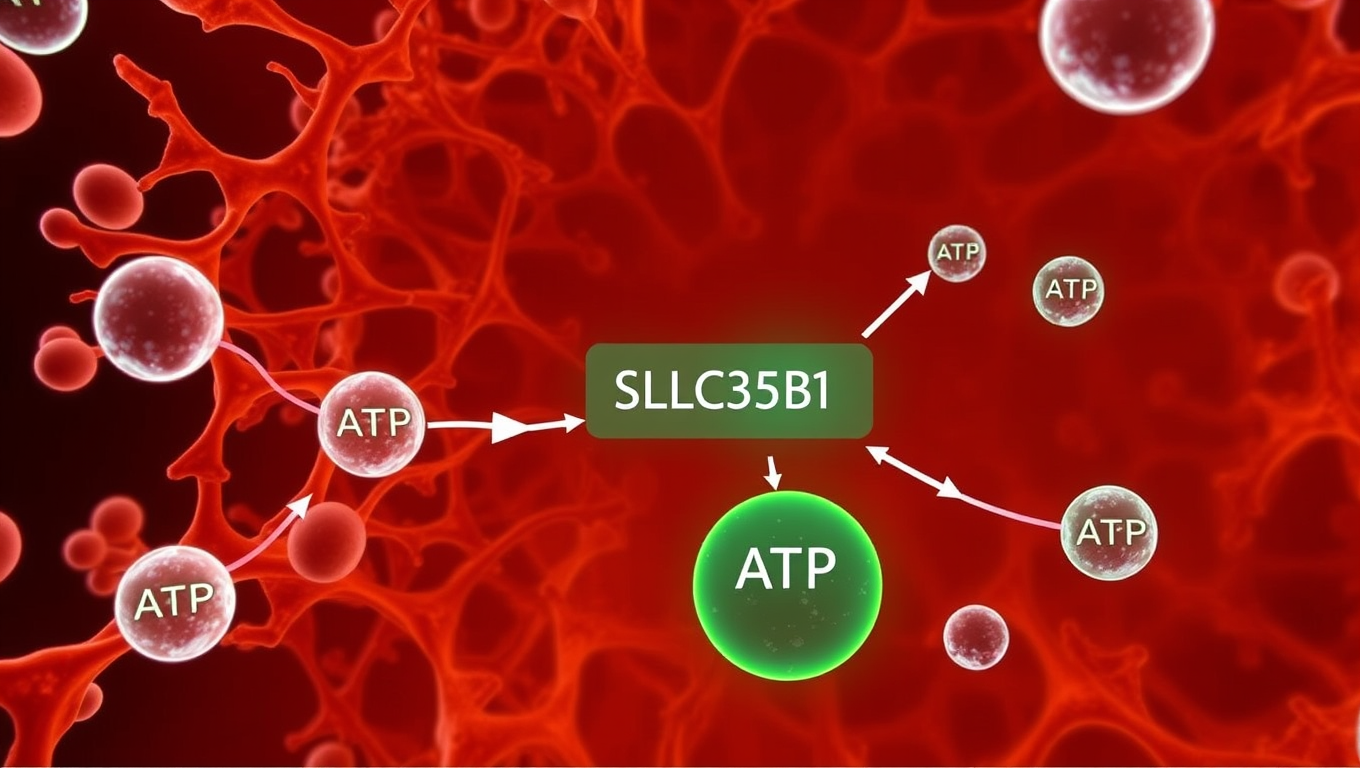While we try to keep things accurate, this content is part of an ongoing experiment and may not always be reliable.
Please double-check important details — we’re not responsible for how the information is used.
Cell Biology
Muscle Building: Does It Matter If You Eat Vegan or Omnivorous After Weight Training?
A new study asked three questions about muscle protein synthesis in response to a nine-day diet and weight training regimen: First, does the source of protein — plant or animal-based — make any difference to muscle gain? Second, does it matter if total daily protein intake is evenly distributed throughout the day? And third, does a moderate but sufficient daily protein intake influence any of these variables? The answer to all three questions is ‘no,’ the researchers found.

Cell Biology
A 600-Million-Year-Old Body Blueprint Uncovered in Sea Anemones
Sea anemones may hold the key to the ancient origins of body symmetry. A study from the University of Vienna shows they use a molecular mechanism known as BMP shuttling, once thought unique to bilaterally symmetrical animals like humans, insects, and worms. This surprising discovery implies that the blueprint for forming a back-to-belly body axis could date back over 600 million years, to a common ancestor of cnidarians and bilaterians.
Biology
Unraveling Microtubule Mysteries: Scientists Crack Code on Cellular Scaffolding Secrets
Scientists found out how naturally unstable filaments decide whether to grow or to shorten.
Biotechnology
Unlocking the Cell’s Energy Hub: Scientists Reveal How ATP Enters the Endoplasmic Reticulum
A team of scientists has answered a long-standing question in cell biology, uncovering how the cell’s main energy currency, ATP, is transported into the endoplasmic reticulum (ER). Disrupted energy transport could affect diseases such as type 2 diabetes, cancer, and neurodegenerative disorders. The study confirms that the transporter protein SLC35B1 is the key gateway for ATP entry into the ER.
-

 Detectors3 months ago
Detectors3 months agoA New Horizon for Vision: How Gold Nanoparticles May Restore People’s Sight
-

 Earth & Climate4 months ago
Earth & Climate4 months agoRetiring Abroad Can Be Lonely Business
-

 Cancer4 months ago
Cancer4 months agoRevolutionizing Quantum Communication: Direct Connections Between Multiple Processors
-

 Agriculture and Food4 months ago
Agriculture and Food4 months ago“A Sustainable Solution: Researchers Create Hybrid Cheese with 25% Pea Protein”
-

 Diseases and Conditions4 months ago
Diseases and Conditions4 months agoReducing Falls Among Elderly Women with Polypharmacy through Exercise Intervention
-

 Chemistry3 months ago
Chemistry3 months ago“Unveiling Hidden Patterns: A New Twist on Interference Phenomena”
-

 Albert Einstein4 months ago
Albert Einstein4 months agoHarnessing Water Waves: A Breakthrough in Controlling Floating Objects
-

 Earth & Climate4 months ago
Earth & Climate4 months agoHousehold Electricity Three Times More Expensive Than Upcoming ‘Eco-Friendly’ Aviation E-Fuels, Study Reveals



